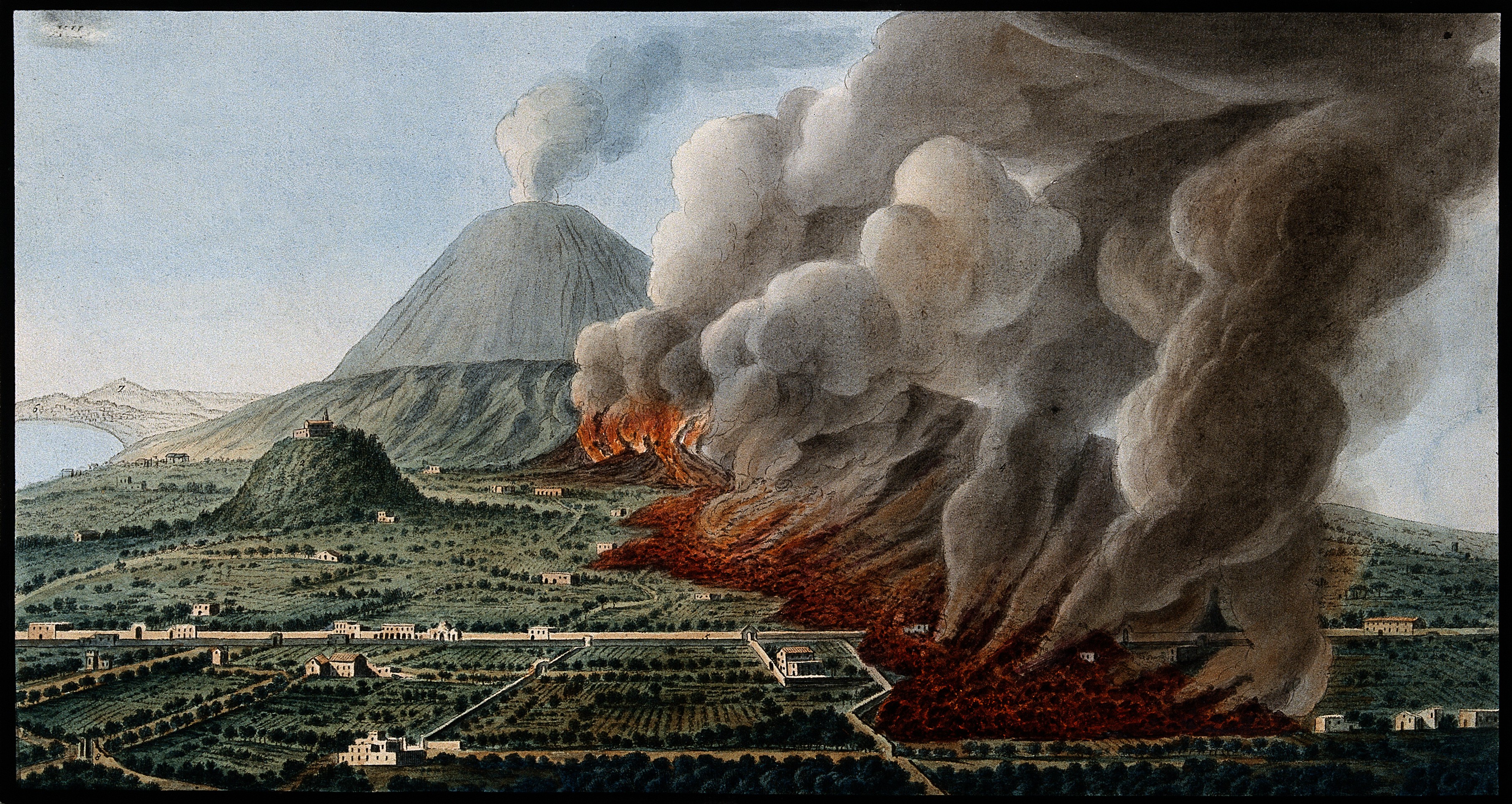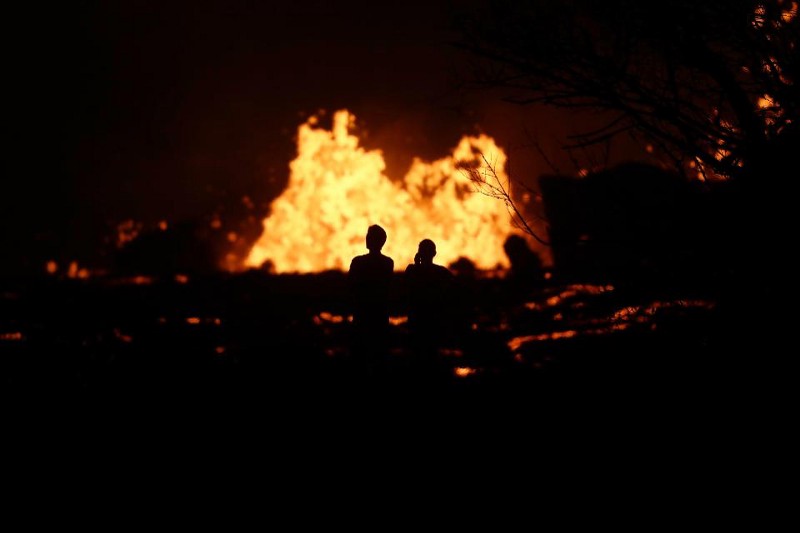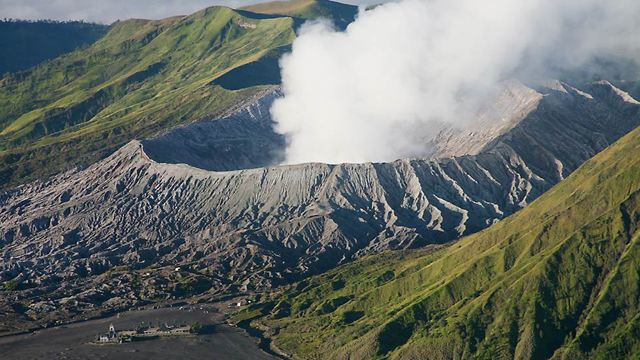Evacuations extended around Mayon

Mayon erupting in August 2004.
The increasing unrest at Mayon in the Philippines has prompted National Disaster Coordinating Council (NDCC) to recommend the evacuation of over 75,000 people from around the volcano. This, however, will only happen if the activity at the volcano continues to increase. The volcano currently sits at Alert Level 2 (increasing unrest) and if it were to increase to Level 3 (increased tendency towards eruption), then the evacuations of the first ~1,800 families closest to the volcano would begin. Only if the volcano reached Alert Level 4 (hazardous eruption imminent) would the full evacuation of the 75,000 people in the “High Risk Zone” that extends 8 kilometer / 5 miles around the main crater area. Centers are currently being set up to accommodate some of the evacuees.
Of course, there are always people who don’t want to heed the warnings of the authorities and Mayon is no exception. Upwards of 6,000 people living within 6 kilometers / 3.7 miles of the volcano have so far refused to evacuated the government-designated “no man’s land” close to Mayon. Many of the residents are farmers who were relocated from the area but continue to return. The area around Mayon are quite fertile thanks, in part, to the volcano material deposited on its slopes – and people don’t want to leave their home if its not necessary. This has been an ongoing struggle between local residents and officials about evacuating/relocating but the importance of maintaining a buffer around the volcano was highlighted in 2004 1993 when 80 people near Lepazgi City were killed by an unforeseen eruption of the volcano. However, there are no indications that local officials will forcibly remove people (at this point at least).
PHIVOLC plans to measure the sulfur dioxide emissions from Mayon in the next few days. Seimicity has increased to the levels of the August 2008 phreatic eruption of the volcano and the levels of inflation of the edifice (0.4-1 cm) have been sustained over the weekend. The last major eruption of Mayon was in 2006.



